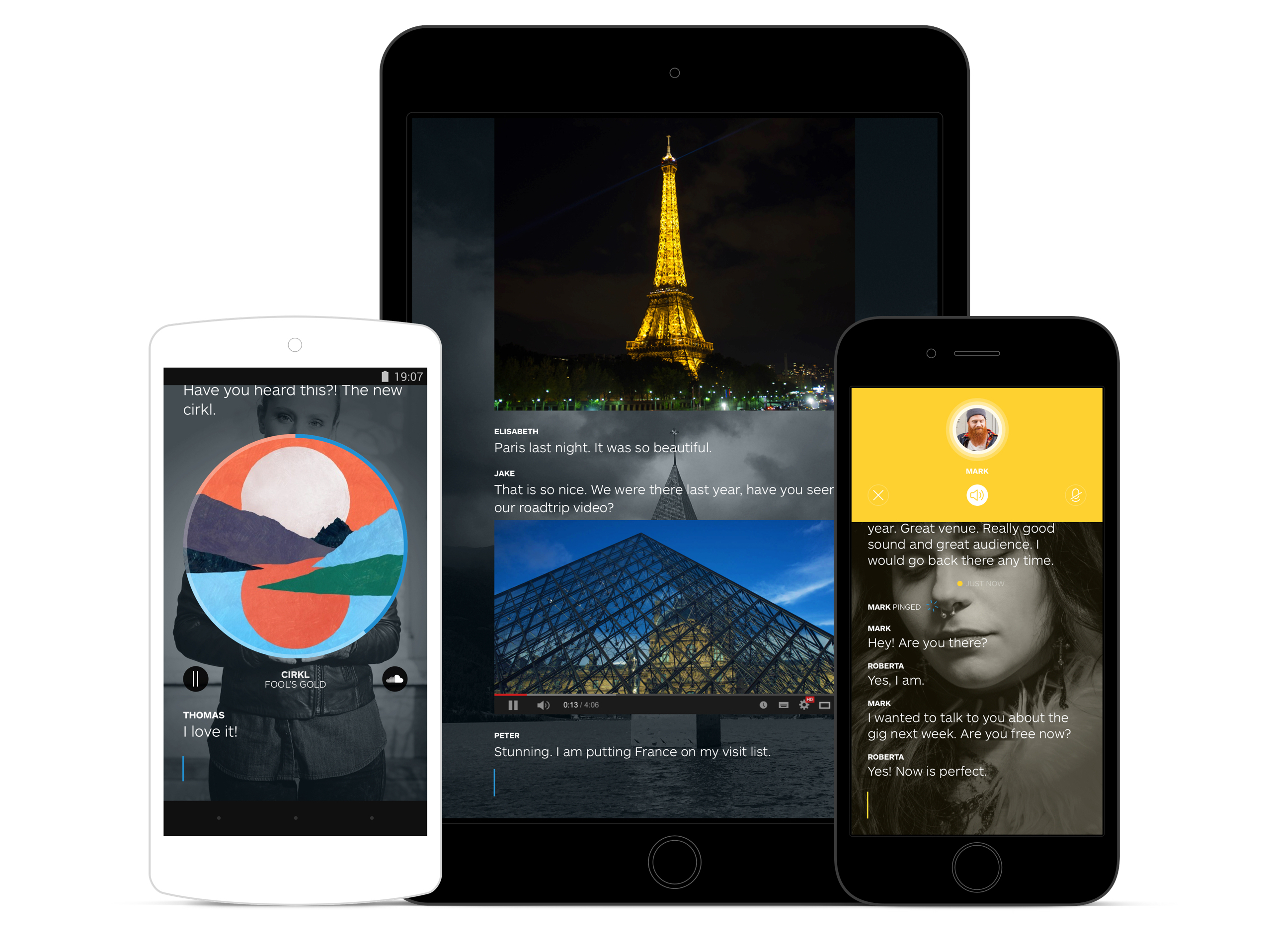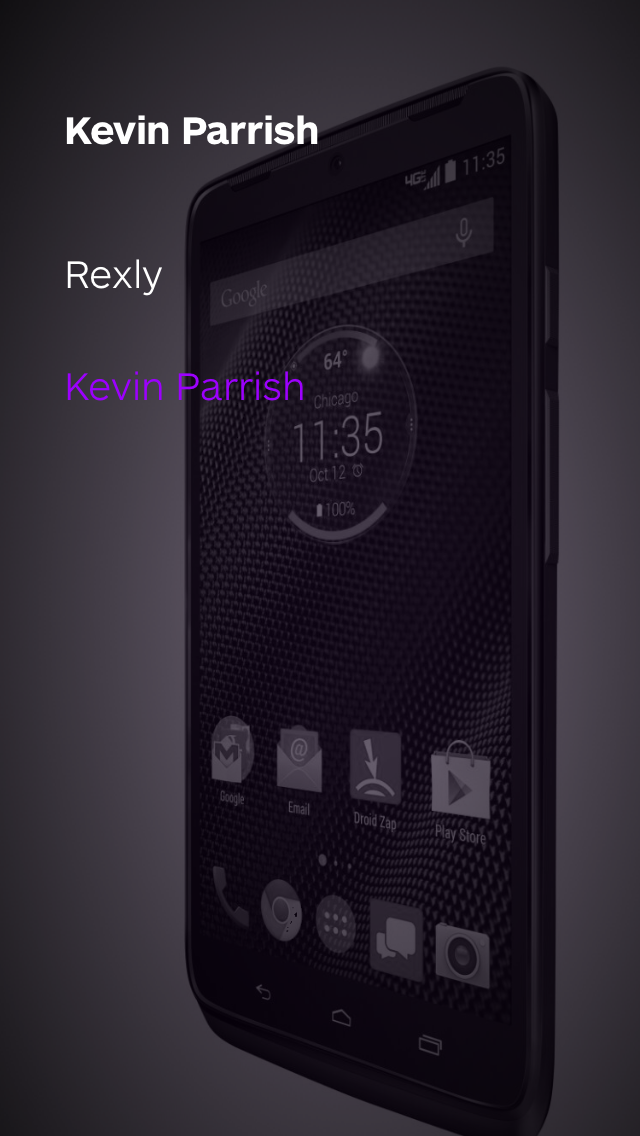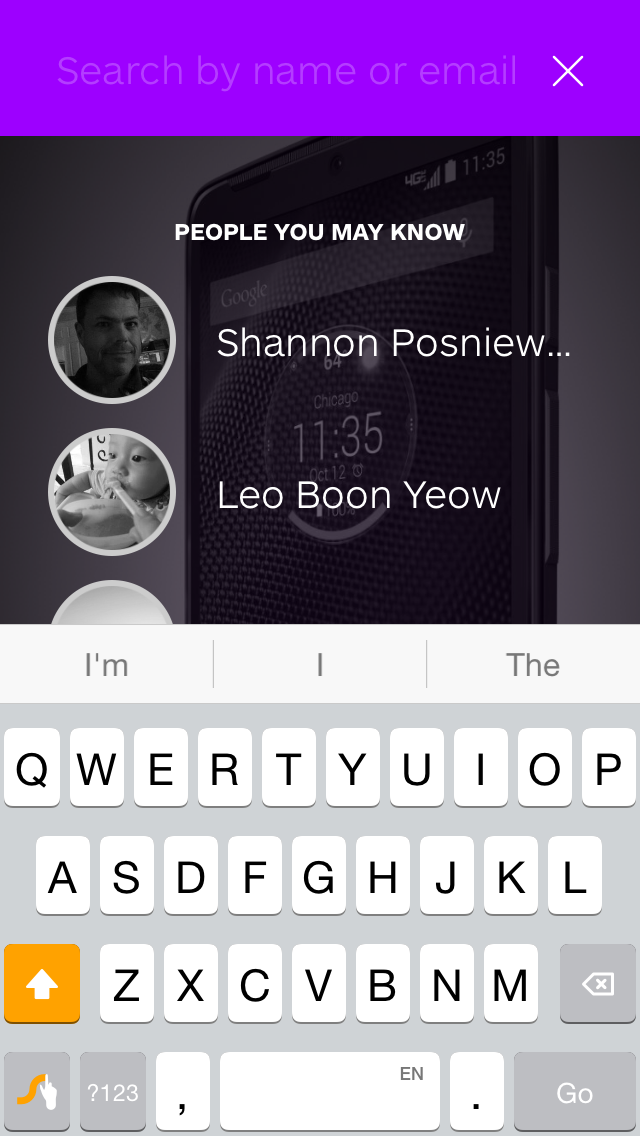Hands On With Wire VoIP Chat Client
On Wednesday, Skype co-founder Janus Friis introduced a new chat client called Wire that aims to compete with Skype. He said that Wire is meant to be an experience you won't find on rival services, and he could be right. The big selling point is the client's interface, which is dark and extremely easy on the eyes. However, the big hurdle will be getting everyone to jump on the Wire bandwagon and ditch tried-and-true VoIP clients such as Skype.
Currently, the Wire client is available for Android 4.2 and newer, Apple's iOS 8 and newer, and OS X 10.9 and newer. I tested the service on the iPhone 5c and the Nvidia Shield Portable. I used Nvidia's handheld console because I don't have an Android phone, and the service currently doesn't seem to support my two Nexus tablets (7, 10) at this time.
Getting the service up and running is relatively easy. Users are first required to choose an image of themselves by taking a picture or selecting one that's located on the device. Next, users enter their name, their email address, a password, and then hit "create Account." After that, users will see a screen asking them to confirm their email address.
Once the account has been established, the app requests access to the local address book; this can be done now or later. Eventually, users will have three screens: the main friends list, the settings area and the chat area. As I previously said, the main selling point is the user interface, which is minimal at best so that users can focus on content rather than the controls.
On the main friends list screen, the only text you will see is your name and the names of your contacts. Highlight a contact, and their image will appear in the background, but faded just a bit so that there's only a hint of their face. To search for new friends or to choose someone from a list of "people you may know" (if the app has access to the user's address book), users simply swipe down from the top to enter text.
To access a current message, just swipe right from the main friends list screen. For example, on the main screen, I selected a contact and then swiped from the right to access our current conversation. At the very bottom of the screen, there is a blinking cursor for entering text into the chat session. Place a finger on that cursor and swipe right to reveal a phone icon and a pictures/camera icon. There's also an extremely fun "ping” tool for getting the recipient's attention.
To make a call, simply tap on the phone icon. On the sending end, users will see a window at the top of the screen indicating that a connection is being made. There's also a volume button, a microphone mute button and an "X" for cancelling the call. On the receiving end, users will see a window at the top saying that the sender wants to talk. To accept, simply tap on the check mark. As expected, the calls are crisp and clear, just like the overall interface.
Get Tom's Hardware's best news and in-depth reviews, straight to your inbox.
In addition to making a call, users can also send YouTube clips and SoundCloud audio clips. Unfortunately, there's really no easy way to do this. For YouTube, I opened up Safari on the iPhone, loaded up a Grumpy Cat video, copied the URL, and then pasted it within the chat window. The result was an embedded video that my contact could watch within the message body; no browser loading needed.
For the SoundCloud audio clip, I opened the Safari browser, loaded up a SoundCloud audio clip and copied the URL. However, I couldn't get the audio clip to embed itself in the message like the YouTube video, and instead the recipient merely received a link that opened in a browser.
Finally, users wanting to change their details and color theme in Wire can do so by tapping on their name on the friends list screen. This area provides a settings menu that allows users to change the sound alerts, the vibration and the password. Users can also flip a switch to enable or disable automatic downloads of pictures and choose to enable or disable the ability to share contacts.
Compared to Skype for the iPhone, Wire is extremely simple to use. Skype is simple as well, but Wire looks better than its competitor and is easier to use. Skype utilizes white and assorted blue hues, whereas as previously stated, Wire has a dark interface highlighted by the color you choose. My Wire theme is laced with purple, which is one of seven different colors that are available.
On a whole, I like using Wire. The problem this service currently faces is getting people to actually use it. We've been on Skype and other clients for so long that many people may turn their nose up at trying another VoIP service. Competing new products just starting out rely on word of mouth, and this mouth definitely encourages potential users to give this new client a try. The interface may be a little weird at first, but once you get the hang of its simplicity, you'll wonder why Skype still uses the same interface it's had for years.
Follow Kevin Parrish @exfileme. Follow us @tomshardware, on Facebook and on Google+.

Kevin Parrish has over a decade of experience as a writer, editor, and product tester. His work focused on computer hardware, networking equipment, smartphones, tablets, gaming consoles, and other internet-connected devices. His work has appeared in Tom's Hardware, Tom's Guide, Maximum PC, Digital Trends, Android Authority, How-To Geek, Lifewire, and others.
-
schultzter Honestly, it looks cool (I installed it yesterday) but like you said, no one's using it! And I've already got Skype and Hangouts installed on my phone (not to mention the built-in phone and SMS functionality of my phone - but I guess Wire, like Skype and Hangouts, works from a tablet too).Reply
I suppose, though I doubt it will ever happen, if everyone used SIP & RTSP then they could concentrate on the user experience and users could choose the experience they prefer without having to choose a network too. But as long as the services are proprietary the incumbent will always dominate.



